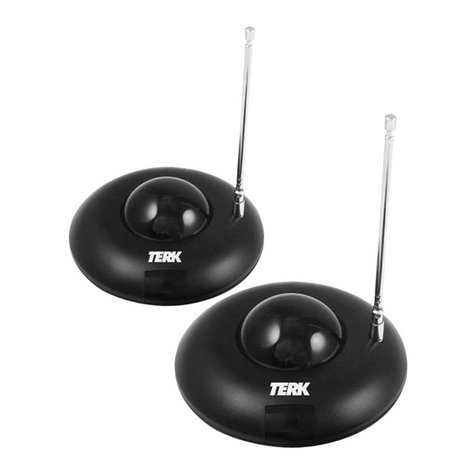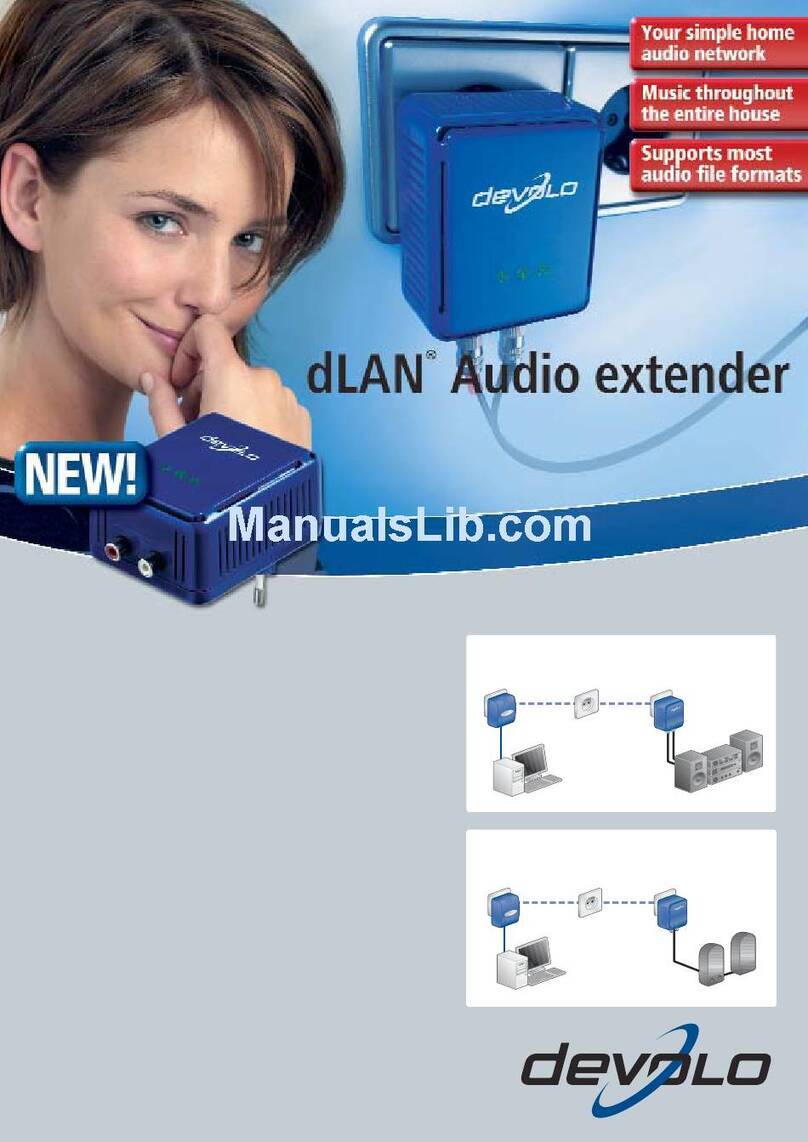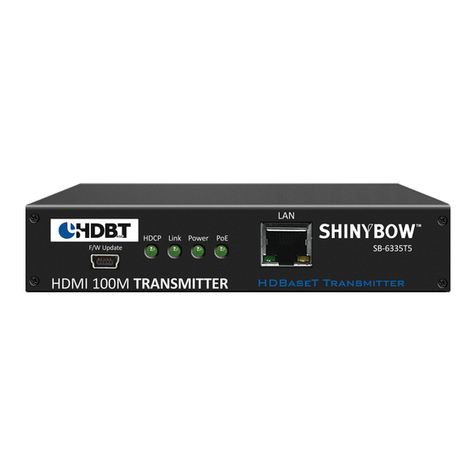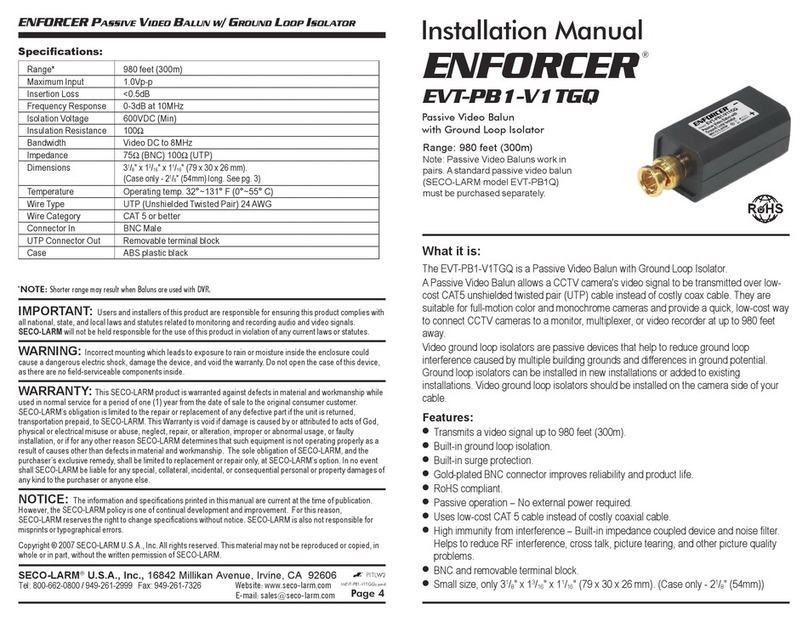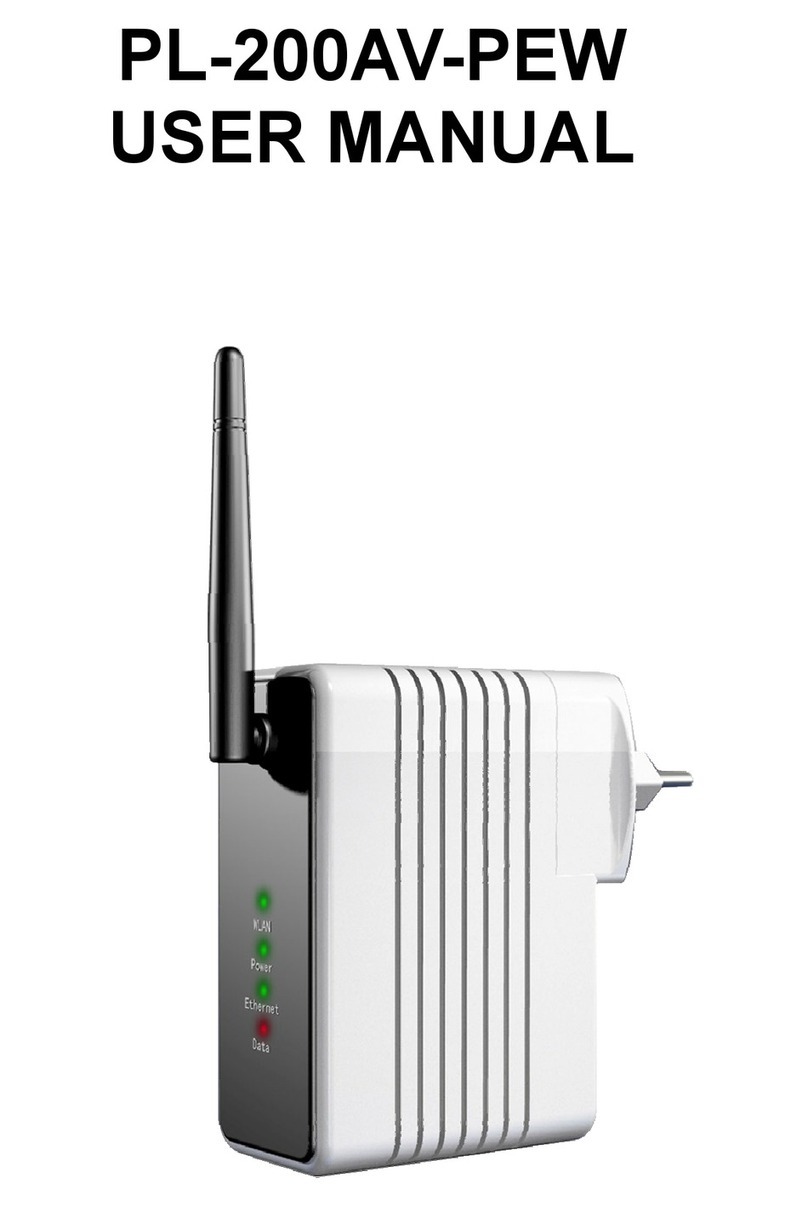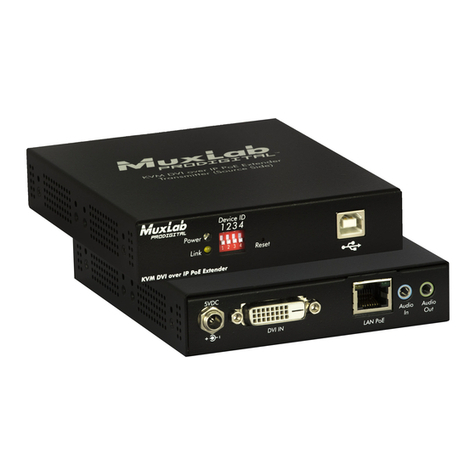instructions se rapportant a la securite et les conserver pour reference
ulterieure.
Aucune piece de cet appareil ne peut etre reparee ou remplacee par l’utilisateur.
Confiez les reparations et l’entretien exclusivement a un personnel qualifie. Tout
demontage de l’appareil entrainera l’annulation de la garantie.
Attention : pour prevenir tout risque d’electrocution,
ne retirez pas le couvercle (ou le dos) de l’appareil.
Verifiez que la tension d’alimentation indiquee sur la plaque signaletique de la prise
correspond bien a celle de votre installation electrique.
N’utilisez pas l’appareil :
1. si la prise est endommagee de quelque facon que ce soit,
2. en cas de mauvais fonctionnement,
3. si un liquide a ete deverse sur le produit ou des objets ont penetre dans l’appareil,
4. si la prise a ete exposee a la pluie ou mis en contact avec de l’eau
5. si le boitier du produit est endommage,
6. ou si le produit ne fonctionne pas alors que toutes les instructions d’utilisation ont ete
suivies a la lettre.
Branchez l’adaptateur CPL sur une prise secteur facilement accessible.
L’adaptateur CPL est uniquement destine a une utilisation domestique en interieur.
N’installez pas l’adaptateur a proximite d’une quelconque source de chaleur, telle qu’un
radiateur, une arrivee d’air chaud, un four ou tout autre appareil (notamment les
amplificateurs)
produisant de la chaleur.
Veuillez ne pas exposer l’adaptateur a la lumiere directe du soleil et a la poussiere.
Utilisez l’adaptateur dans un endroit sec.
N’utilisez pas l’adaptateur a proximite d’eau ou d’une source d’humidite, telle qu’une
baignoire, un lavabo, un evier de cuisine, une piscine, dans un sous-sol humide ou tout
autre emplacement humide.
Ne placez pas de sources de flamme nues (une bougie allumee, par exemple) a
proximite de l’appareil.
Les fentes et ouvertures presentes sur de l’adaptateur CPL servent a l’aeration et ne
doivent
etre ni obstruees ni recouvertes.
N’utilisez jamais d’objets dans les ouvertures de l’adaptateur CPL ou pour acceder a
l’interieur de celles-ci.
Debranchez l’adaptateur pendant les orages ou au cours des longues periodes de
non-utilisation afin d’eviter de l’endommager.
Debranchez l’adaptateur pour couper l’alimentation de l’appareil.

